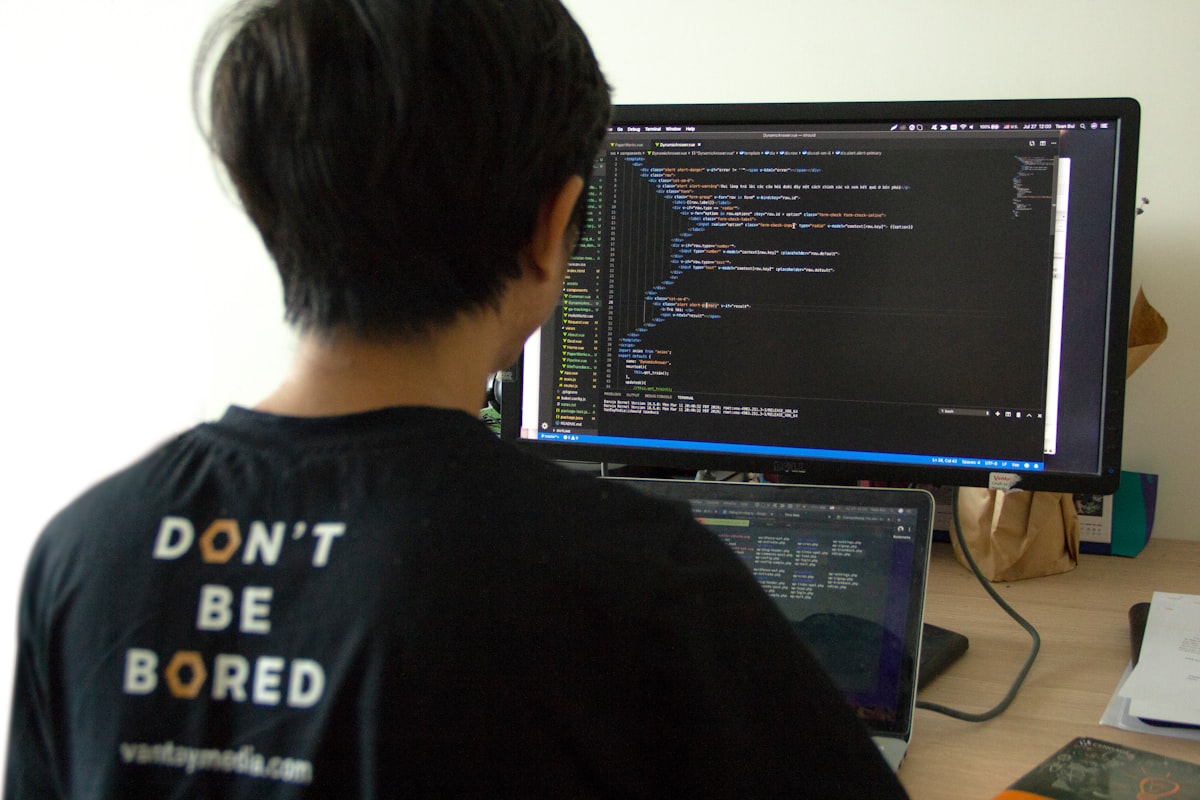Creating CNC Programs with AI Code Helpers
Computer Numerical Control (CNC) machining is a critical skill for STEM students pursuing careers in engineering, manufacturing, and design. Mastering CNC programming allows students to translate designs into precise instructions for automated machines, enabling the creation of complex parts and prototypes. However, traditional CNC programming can be challenging and time-consuming, often requiring significant expertise and a deep understanding of G-code. Fortunately, the advent of AI code helpers is revolutionizing the field, offering STEM students a powerful new tool to streamline the programming process and unlock their creative potential. This blog post will explore how AI is transforming ai cnc programming and how students can leverage these innovative tools to excel in their studies and future careers.
The Problem: Overcoming CNC Programming Hurdles
STEM students often encounter several significant obstacles when learning and applying CNC programming techniques:
- The complexity of G-code syntax can be overwhelming, requiring students to memorize numerous commands and understand their specific parameters. Students must learn the nuances of each code to avoid costly errors.
- Manual program generation is time-consuming and prone to errors, particularly when dealing with intricate geometries and complex machining operations. This manual process requires careful planning and execution.
- Debugging and optimizing CNC programs can be a frustrating and iterative process, often requiring specialized knowledge and experience. Addressing errors and improving efficiency requires significant effort.
- Access to experienced instructors and specialized software can be limited, hindering students' ability to gain practical experience. The availability of resources can greatly impact the learning experience.
These challenges can discourage students and make it difficult for them to fully grasp the potential of CNC technology. The complexities can seem insurmountable without proper guidance and support.
The Solution: AI-Powered Assistance
AI code helpers are emerging as a game-changer for STEM students learning ai cnc programming, offering a range of benefits that simplify the programming process and enhance learning outcomes:
- AI-powered code generation tools can automatically generate G-code from CAD models or design specifications, eliminating the need for manual programming. Students can focus on design and process rather than tedious code writing.
- AI algorithms can optimize CNC programs for speed, efficiency, and material usage, reducing cycle times and minimizing waste. Optimized programs lead to better resource management and faster production.
- AI-based simulation and verification tools can detect errors and potential collisions before running the program on a real machine, preventing costly damage and ensuring safety. Simulations can catch errors before they lead to real-world consequences.
- AI tutors and chatbots provide personalized support and guidance, answering questions and offering feedback on student programs. These resources offer immediate assistance and tailored learning experiences.
- AI can analyze existing G-code to suggest improvements, identify inefficiencies, and even translate code from one machine language to another. This feature can help students understand and adapt to different CNC systems.
By leveraging AI, STEM students can overcome the traditional barriers to CNC programming and focus on developing their design and manufacturing skills. The integration of AI streamlines the process and unlocks new possibilities.
Practical Examples: GPAI and CNC Programming
GPAI (Generative Pre-trained AI) models are particularly useful in the context of CNC programming. Here's how STEM students can leverage GPAI and similar AI tools:
- Code Generation from Natural Language: Students can describe the desired machining operation in natural language, and the AI can generate the corresponding G-code. For example, a student could input "Create a pocket with a diameter of 2 inches and a depth of 0.5 inches," and the AI would generate the G-code required to perform that operation.
- Error Detection and Correction: AI can analyze existing G-code and identify potential errors, such as syntax errors, incorrect feed rates, or potential collisions. It can then suggest corrections or even automatically fix the errors. This feature is invaluable for preventing costly mistakes and ensuring safe operation.
- Optimization Suggestions: GPAI can analyze G-code and suggest optimizations to reduce cycle time, improve surface finish, or minimize tool wear. These suggestions can help students create more efficient and effective CNC programs.
- Learning and Tutoring: AI-powered chatbots can provide personalized guidance and support to students learning CNC programming. They can answer questions, explain concepts, and provide feedback on student programs. This personalized assistance can significantly accelerate the learning process.
- Simulation and Visualization: AI can be used to simulate the execution of a CNC program and visualize the resulting machining operation. This allows students to verify the program and identify potential problems before running it on a real machine.
These examples demonstrate the transformative potential of AI in CNC programming education. By embracing these tools, STEM students can gain a competitive edge and prepare for the future of manufacturing.
Conclusion: Embracing the Future of CNC Programming
AI code helpers are revolutionizing the field of CNC programming, offering STEM students a powerful new tool to streamline the programming process, enhance their learning experience, and unlock their creative potential. By leveraging AI, students can overcome the traditional barriers to CNC programming and focus on developing their design and manufacturing skills. As AI technology continues to evolve, its role in ai cnc programming will only become more significant. STEM students who embrace these tools will be well-positioned to succeed in the future of manufacturing and engineering. The future of CNC programming is intelligent, and AI is paving the way.
